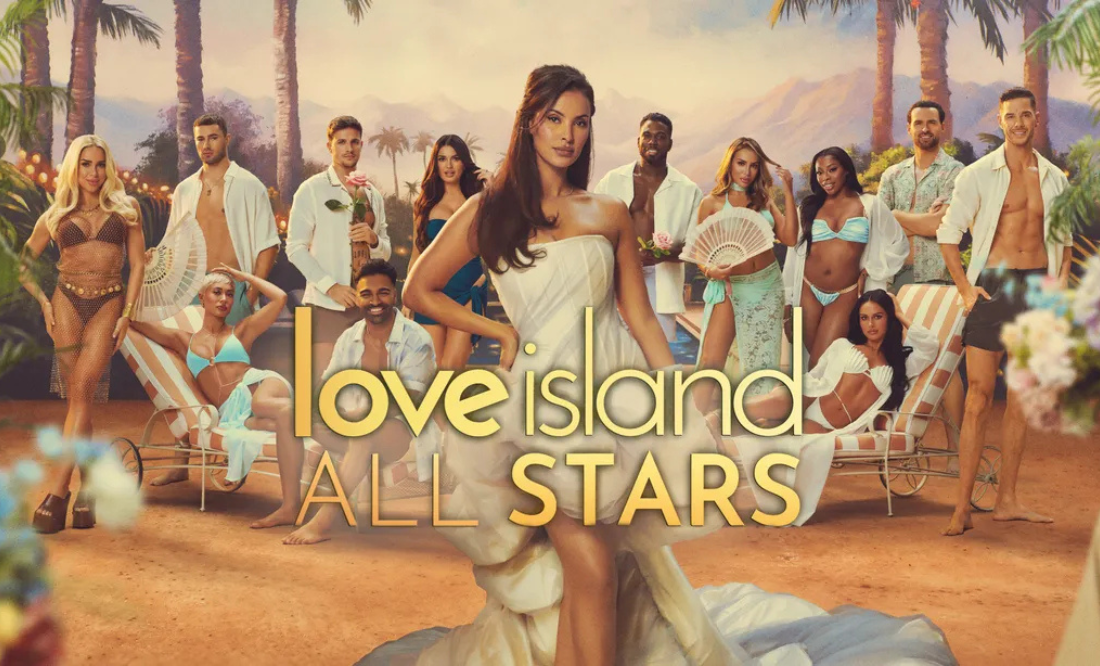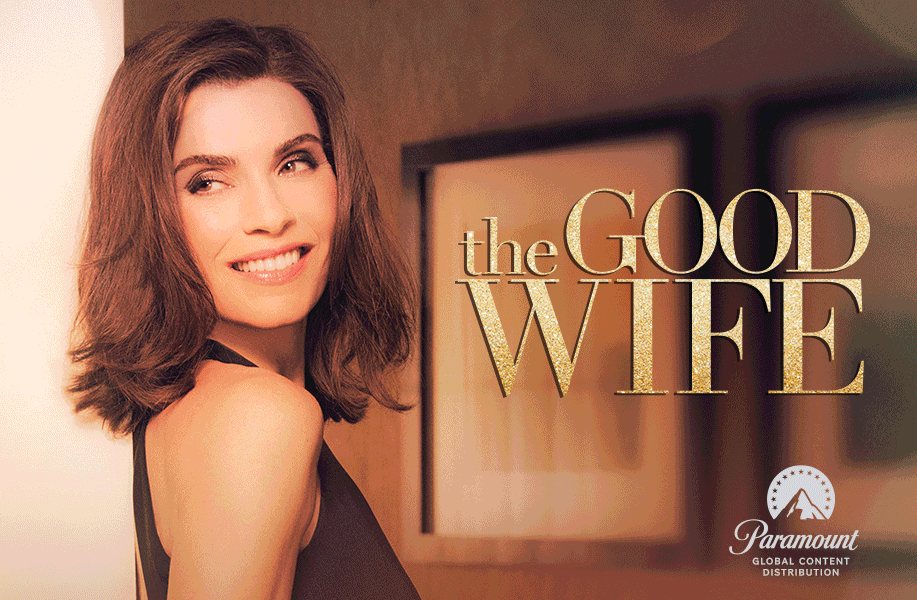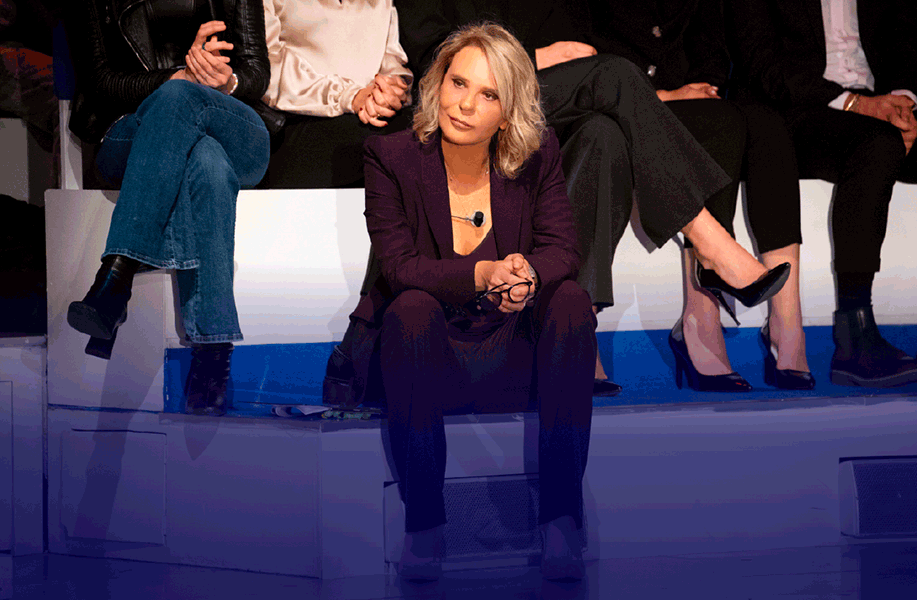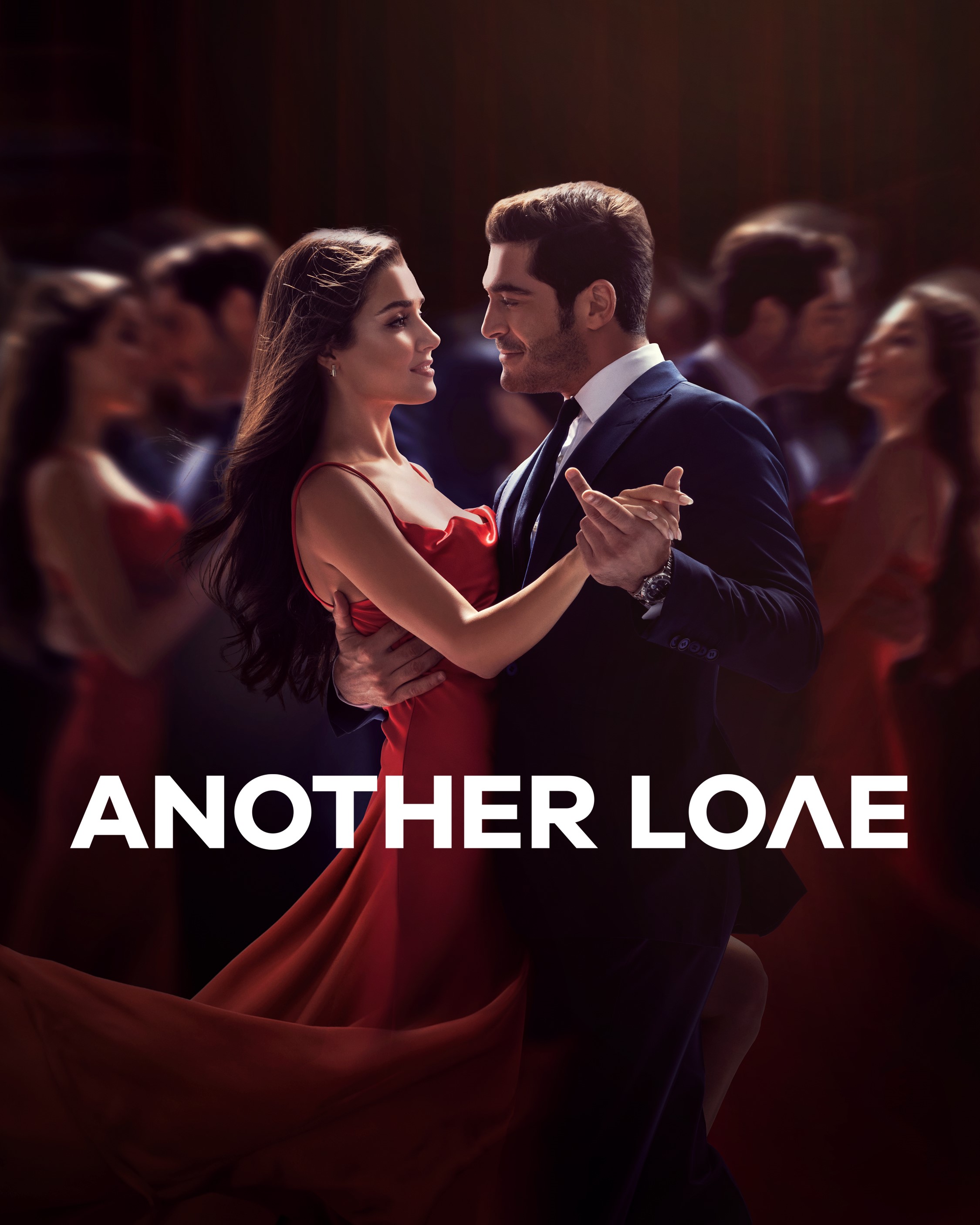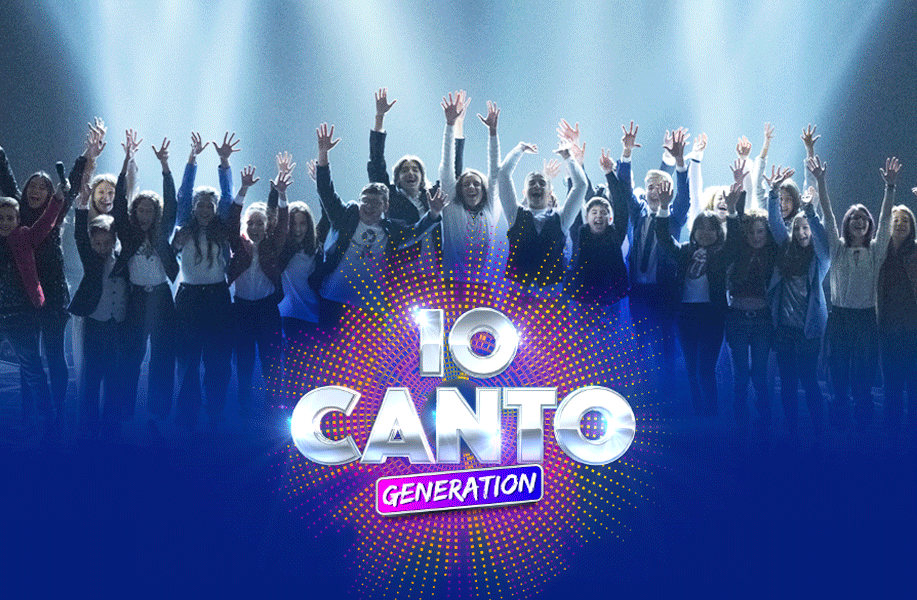In this franchise, the intertwining of celebrities and non-celebrities series is quite curious. The original Love Island was created by ITV Studios in 2005 as Celebrity Love Island (i.e. the celebrity version) for 2 seasons. In 2015 there was a non-celebrity revival, Love Island, which has been hugely successful and influential in British popular culture: in 2018 it became ITV2's most-watched show in its history, and in 2020 it became the most-watched TV show in its target audience of 16-34 year olds. It has been localised in more than 20 countries and is still running in most of them.
In Love Island, a group of contestants, known as ‘Islanders’, live in isolation from the outside world in a Mediterranean villa under constant video surveillance. In order to stay in the villa, the Islanders must pair up with another Islander, whether it be for love, friendship or money, with the overall winning couple receiving a total of £50.000. On the first day, the Islanders will pair up for the first time based on first impressions, but throughout the series they will be forced to 're-couple', where they can choose to stay with their current pair or swap partners.
Love Island: All Stars follows the same rules, but the contestants have been Islanders on previous editions of Love Island (from the second series onwards). So, not exactly 'celebrities', but more like 'previously seen'.
To continue to read the article, with other 2 formats with celebrities in Spain and Italy go to Espresso
SUBSCRIBE TO the world’s most followed independent FREE NEWSLETTER to receive weekly updates on FORMATS, MARKETS & TRENDS around the world by clicking here: subscribe


